Research Brief: Morphological Drivers of Ice Growth in Canadian Lakes
1Ice growth and temperature dynamics in the northern hemisphere have undergone significant changes as a result of the warming climate. Notably, one of these changes is ice onset in freshwaters, something that is known to be dependent on cold temperatures. As warmer weather extends deeper into the winter, freeze dates occur later and later in the year.
In regions where ice is a key component of winter recreation and transportation, studying ice growth and the subsequent thaw (referred to as ice phenology) is vital, as this data will help inform safe travel and recreation.
In order to develop a better understanding of ice phenology in regions like Northwest Canada, a region where lake ice cover can extend up to 6 months of the year, ice growth and temperature dynamics must be observed throughout the year.
Continuous observations and the ability to compare lakes and data between years help highlight what variables (lake morphology, air temperature, seasonal dynamics, precipitation, etc.) are influencing ice growth.
A 2023 study published in Cold Regions Science and Technology aimed to investigate two of these variables closely:
- The influence of lake morphology on the seasonal evolution of lake ice by comparing two lakes of comparable sizes and latitudes but different depths.
- Examine how short-term variability in air temperatures influences lake ice thermodynamics.1
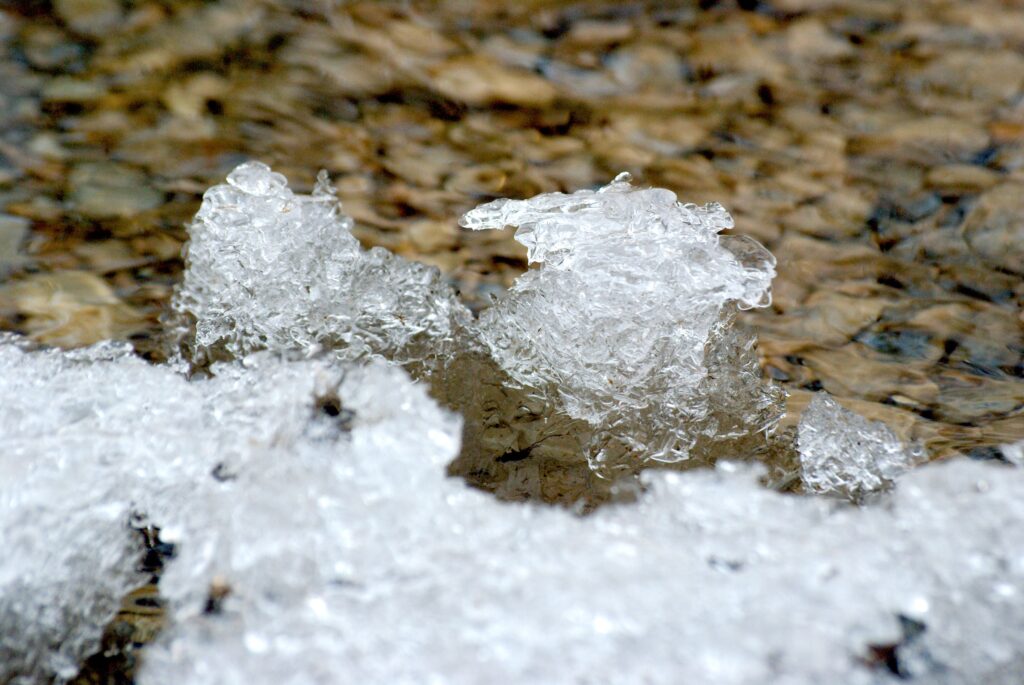
Ice growth in a stream. (Credit: Andy Rogers via Flickr CC BY-SA 2.0)
Methods
The two lakes compared were Landing Lake and Ryan Lake in the Baker Creek Research Watershed, Canada. Both lakes are similar in size, with varying depths.
Ryan Lake is deep, with mean and maximum depths of 35.3 m and 91.2 m, respectively. In contrast, Landing Lake is shallow, with average and maximum depths of 1.77 m and 4.28 m, respectively. Landing Lake is also more morphologically complex due to its irregular basin geometry.
In both lakes, a Snow and Ice Mass Balance Apparatus (SIMBA) was deployed to measure air, snow, ice, and water temperatures every 15-min between December 2021 and March 2022.1
Results
There were four key findings from the study. First, rapidly increasing air temperature influenced snow temperature profiles, resulting in a non-linear trend. Additionally, rapidly cooling air temperatures pull warmth from the snowpack, resulting in conductive heat releases to the atmosphere.
Second, the deeper Ryan Lake experienced relatively cold water temperatures and was more sensitive to rapid changes in air temperatures than the shallower and warmer Landing Lake.
Third, ice growth rates were primarily influenced by water temperatures, which were largely determined by the depth of the lake. Finally, basal ice growth in Landing was inhibited by the release of heat trapped within lake sediments.1
The results of the study hold implications for the regional climate, particularly the role of conductive heat loss from ice thermodynamic processes in small lakes, which could influence climate models that currently fail to account for these contributions.
Source
- Arash Rafat, Homa Kheyrollah Pour, Christopher Spence, Michael J. Palmer, Alex MacLean. An Analysis of Ice Growth and Temperature Dynamics in Two Canadian Subarctic Lakes. Cold Regions Science and Technology, Volume 210, 2023, 103808, ISSN 0165-232X, https://doi.org/10.1016/j.coldregions.2023.103808.




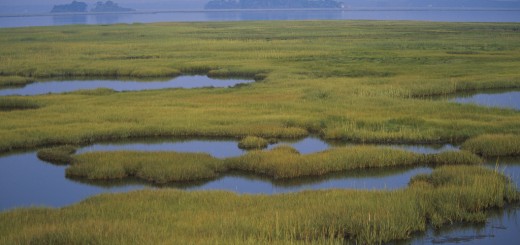
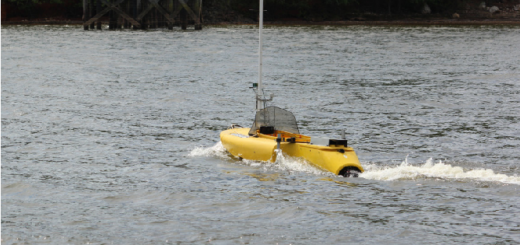
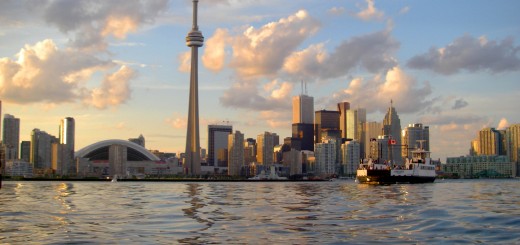
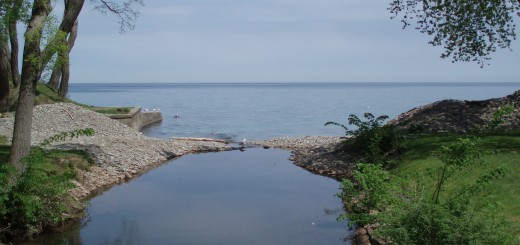






[…] 1932. These observations, paired with real-time and modeled thermal structure, help reveal how changing ice phenology influences temperature dynamics under the […]